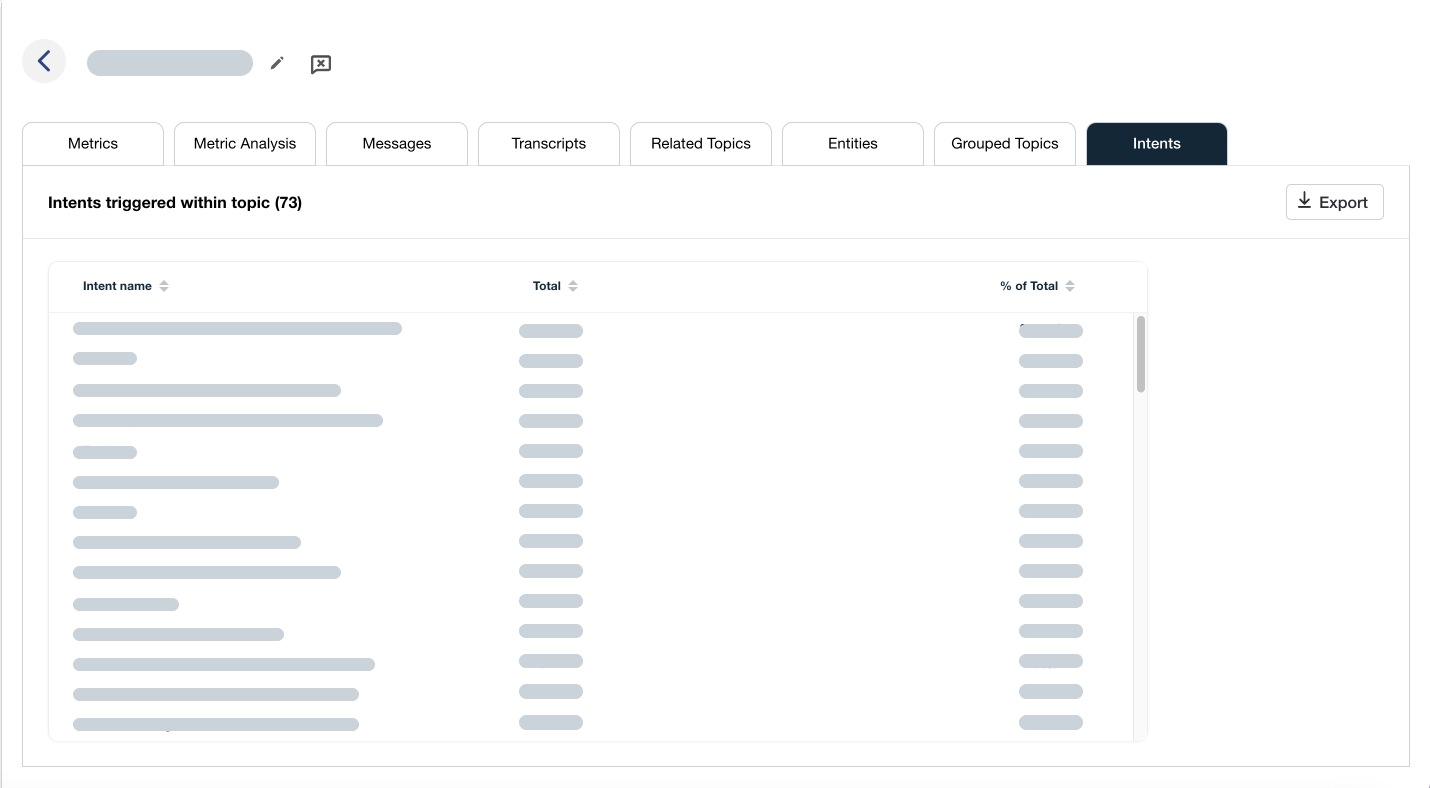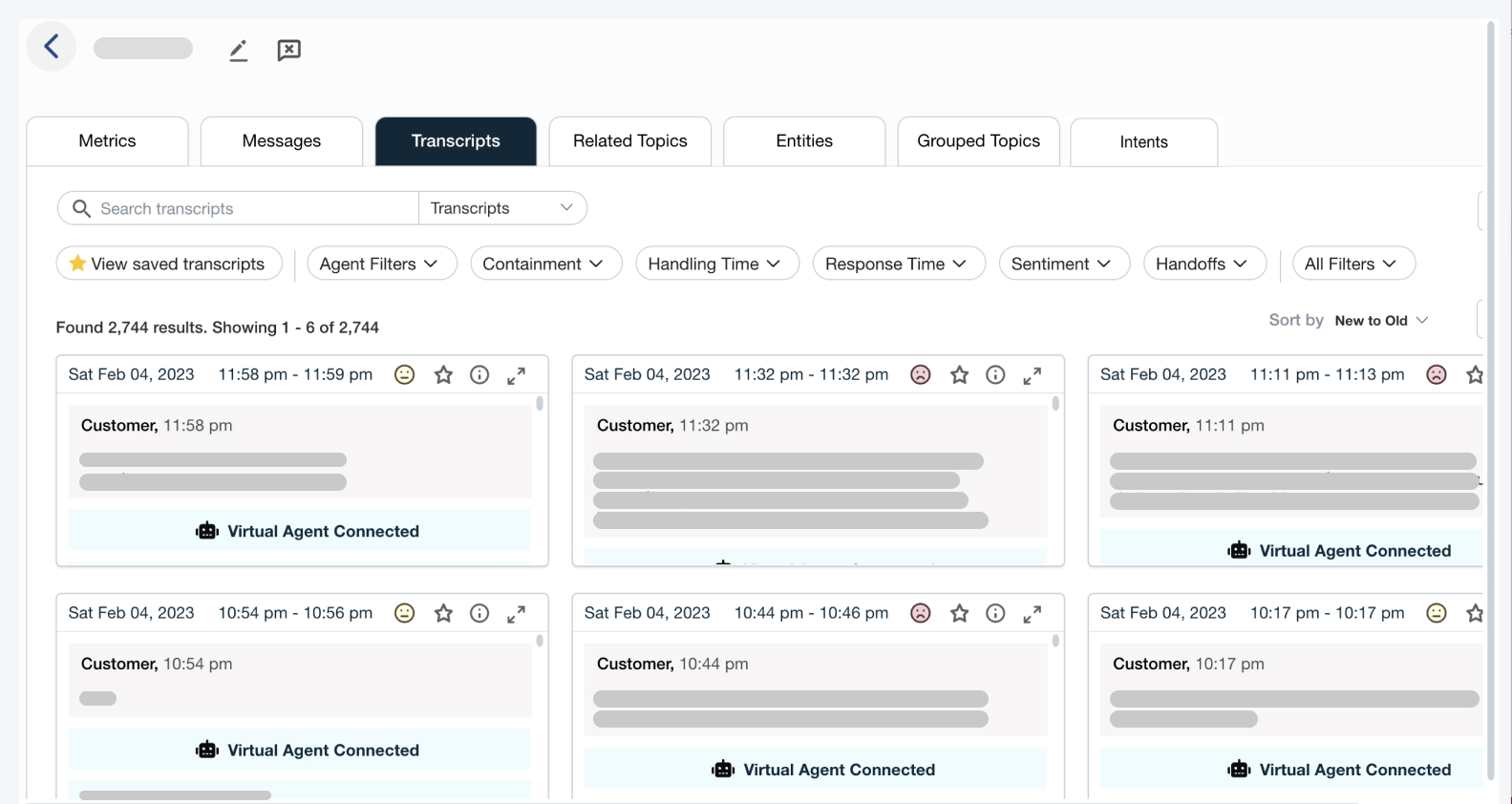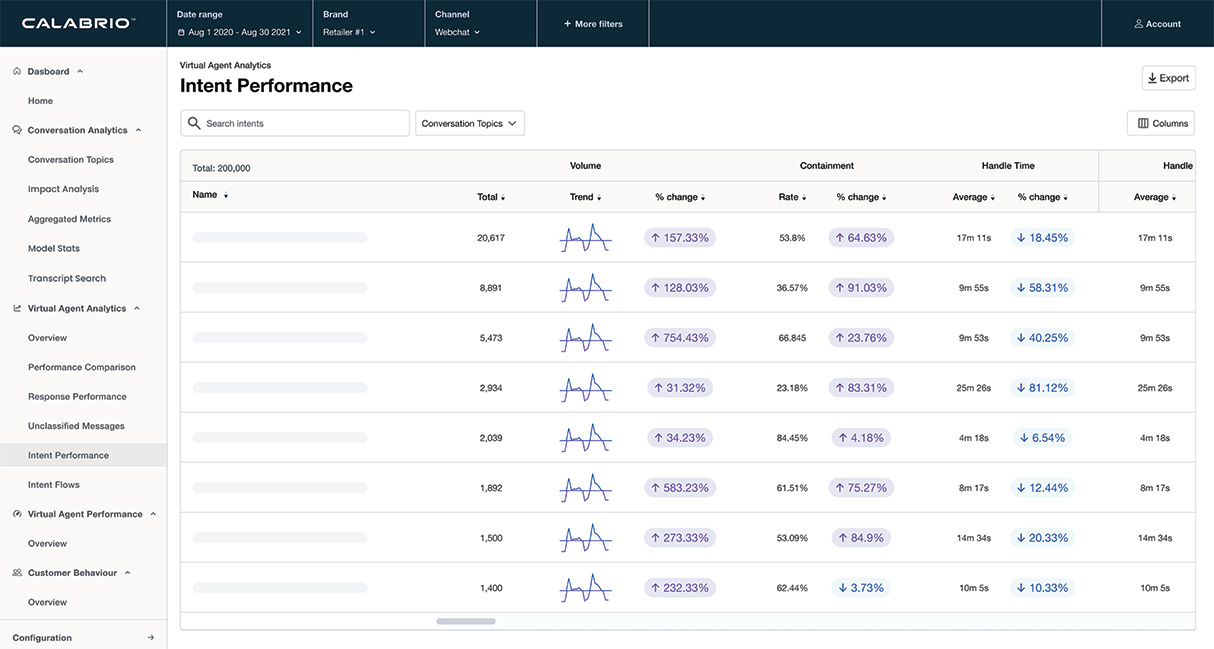Finding Simplicity in Big Data

Big Data is top-of-mind for many of us in the information technology sector because it presents a big challenge and a greater opportunity.
IDC estimates that each year the digital universe creates and replicates 1.8 zettabytes of information—that’s 1.8 trillion gigabytes. In order to extract the value that lies within this data, businesses must adopt solutions that not only efficiently retrieve and organize the information, but also effectively make use of that data.
Big Data traditionally encompasses the complex event processing and content analytics of business transactions, warehoused data, metadata and—more recently—social and entertainment media where consumers or other businesses are providing a constant stream of data about themselves. The analysis of Big Data is allowing advertisers, retailers, mobile/Internet/cable service providers, government organizations and more to become more intelligent about their business and their customers.
Contact center transactions are often overlooked in Big Data initiatives because voice is an “unstructured” resource, and early speech analytic technologies have been complex, daunting and inflexible. Many speech analytic solutions rely on lengthy voice-to-text conversion processes to sort through the data, leaving users waiting weeks, or even months, to receive reports and analysis of their voice transactions.
Calabrio’s overarching goal is to develop solutions that make technology easier to use so that contact centers are no longer restrained by uncompromising technology. To that end, my team approached speech analytics a bit differently. By harnessing a powerful phonetics engine, our approach enables users to directly index voice data with unique and personalized search terms that result in “hits” on phrases of interest from hundreds of thousands of recorded calls. This results in what I call a Google problem, where you might have millions of hits in a single day’s with of calls. So we also created the notion of a tunable confidence score, which makes it easy to weed out the noise. The end result is a confined box of relevant hits that reveal patterns and insights into what your customers are saying. You begin to see things that jump out at you in clear, drillable dashboards.
Contrast our approach with traditional voice-to-text conversion methods that require an extensive pre-populated dictionary to build and maintain, and too often an untenable amount of time and CPU power for processing. What other solutions do in a couple of days, ours accomplishes in a couple of seconds. The technology approach allows customers to match their investment to their business need – scaling their analytics environment to be as extensive or real-time as their business case can justify.
Unlocking voice transactions not only provides greater insight for contact center managers, but allows customer service transaction data to be part of strategic Big Data initiatives without adding complexity. We’re accomplishing this through applications with drillable, interactive dashboards that report on everything from agent performance to sales and marketing trends. Big data is complicated enough—thankfully contact centers can now take advantage of simplified software and tools that obscure complex underlying analytics for the end user, and easily unlock the true value that lies within their Big Data.









